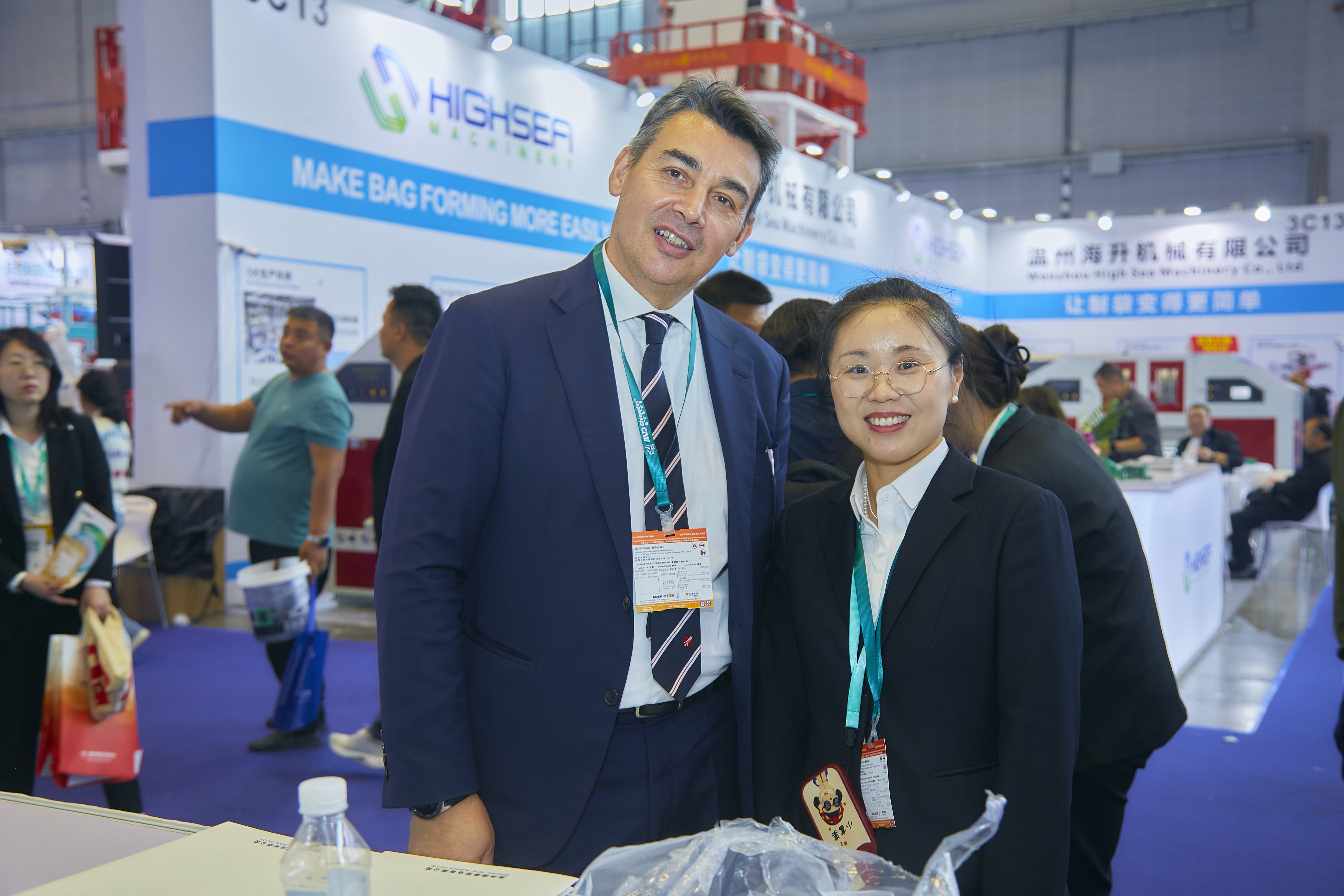You see paper bags every day. But have you ever watched one being made? From a flat sheet to a finished bag in under 10 seconds?
At Zhuxin, we build automatic paper bag machines. Over the years, we’ve found that many customers do not know exactly how the machine works. They only know it needs to run well.
Understanding the process helps you choose the right machine, train your team and keep production smooth. Let’s walk through the steps. No technical jargon. Just how it really happens.
Step 1: Feeding the Paper
It starts with the paper. Most machines use pre-cut sheets stacked in a hopper. The feeder picks one sheet at a time and sends it into the machine.
Some models use roll-fed paper, but for most shopping and gift bags, sheet-fed is more common. The key is consistent feeding. There should be no double sheets and no misalignment.
Our feeders use vacuum suction and timing belts to pull each sheet straight and steady. If the paper shifts at this stage, the whole bag will be off.
Step 2: Folding and Gluing the Body
Once the sheet is in position, it moves to the folding unit.
The sides are folded inward. Then the bottom edge is folded up. At the same time, glue is applied to the overlap area. The glue dries fast, usually in 2 to 3 seconds, so the bag holds its shape.
We use hot-melt adhesive. It is strong, food-safe and works well with kraft paper. The glue nozzle is adjustable, so it fits different bag widths.
No excess glue. No clogging. That is what we aim for.
Step 3: Handle Insertion or Punching
Next comes the handle.
There are two common types. Flat paper handles, like on bakery bags. And twisted paper or cotton rope handles, like on shopping bags.
For flat handles, a strip of paper is cut, glued and pressed to both sides of the bag.
For rope handles, holes are punched near the top edge. Then the rope is fed through and knotted or glued.
The punching unit must be precise. If the holes are too close to the edge, the handle can tear. We set the punch position based on your paper thickness and bag size.
Step 4: Final Folding and Drying
After the handle is attached, the top edge is folded down to give the bag a clean finish. Some machines add a second glue line here for extra strength.
The bag then passes through a short drying tunnel or cooling belt. This ensures the glue is fully set before stacking.
No waiting. No sticking together. Just ready-to-pack bags.
Step 5: Counting and Stacking
The last step is simple but important.
Bags are counted, usually in batches of 50 or 100, and stacked neatly. The stacker adjusts automatically if bag thickness changes.
One operator watches the whole line. If a sheet jams, the machine stops. Clear the block, press start and it continues.
No complicated software. No touchscreen menus. Just start, run and pack.
This is how most automatic paper bag machines work. Five clear steps, fully linked, running at speed.
At Zhuxin, we do not add extra features just to look advanced. We focus on getting each step right. Feeding straight. Gluing clean. Punching accurate. Stacking even.
If you want to see this process in real time, we can arrange a live video call from our factory. Watch a bag form in seconds. Ask questions. See how it fits your production.
We make machines for factories. And we believe the best machine is one you do not have to think about. It just works.

Not able to come? Message us. We’ll share details or set up a call.
— The Zhuxin Team
 Hot News
Hot NewsCopyright © Zhejiang Zhuxin Machinery Co.,Ltd - Privacy Policy